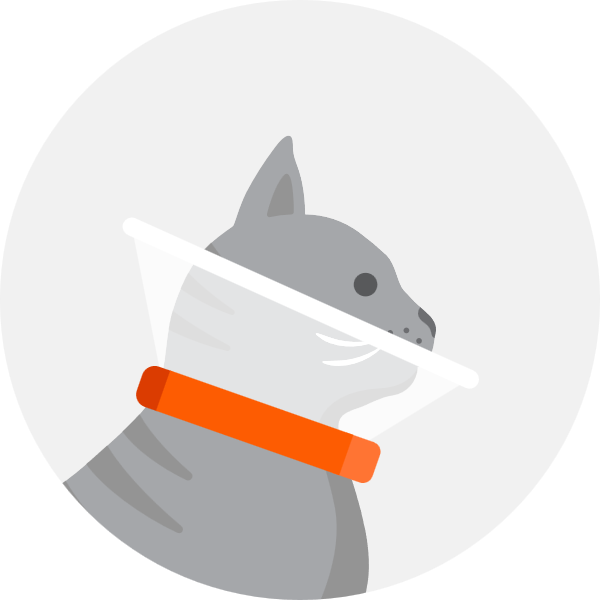
Close search overlay






Search Banfield.com
Back
Popular topics
Optimum Wellness Plans®
Vaccinations
Locations near me
Pet medications
Puppy care
Spaying or neutering
Close search overlay






Search Banfield.com
Back
Popular topics
Optimum Wellness Plans®
Vaccinations
Locations near me
Pet medications
Puppy care
Spaying or neutering

 Mites and mange
Mites and mange Podcast - Not Just Fluff
Podcast - Not Just Fluff